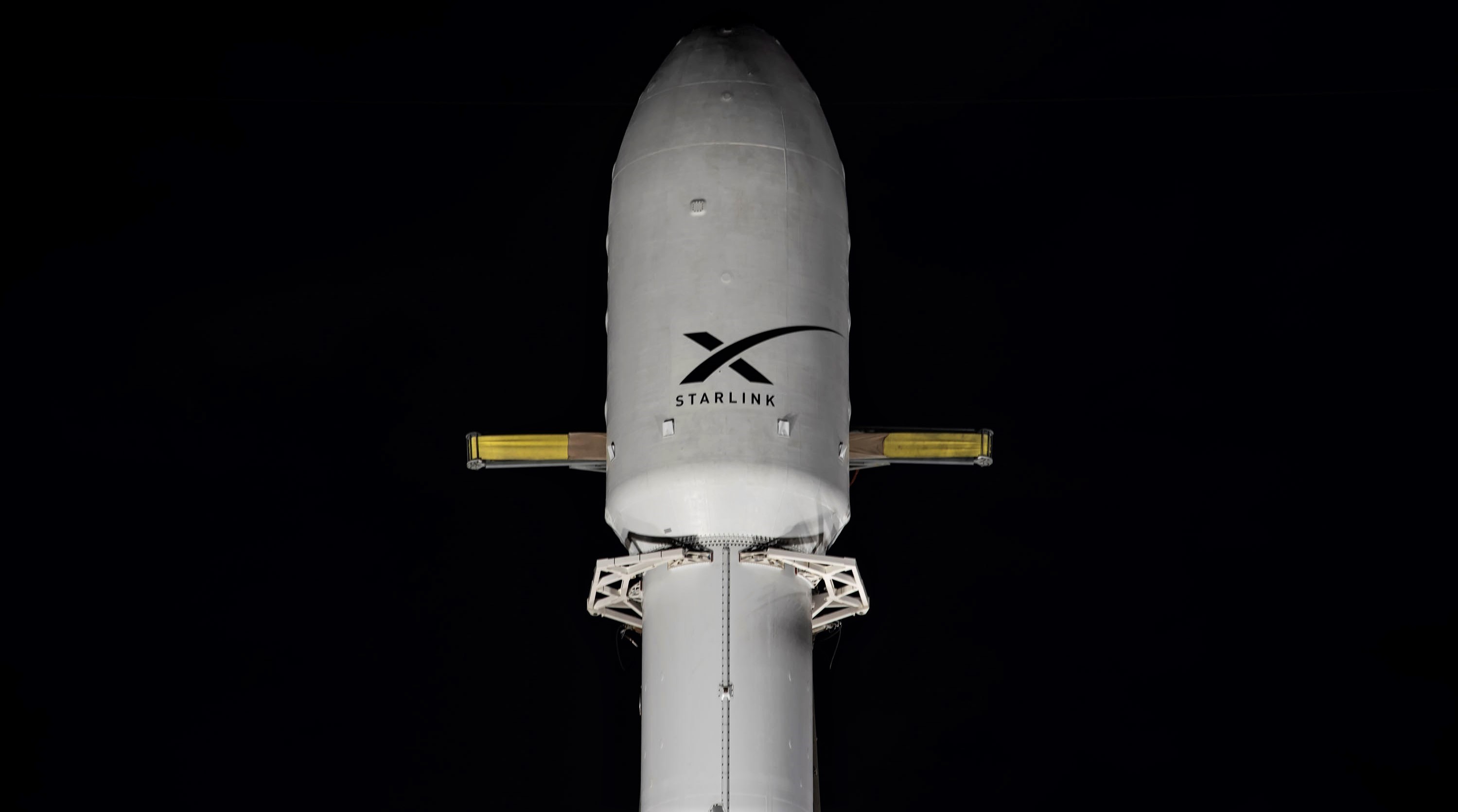

News
SpaceX confirms Starlink launch plans hours before Thursday liftoff
Update: Waiting longer than it ever has before, SpaceX finally confirmed it will attempt to launch Starlink 4-3 less than seven hours before the mission’s planned 6:12 pm EST (23:12 UTC), December 2nd liftoff. SpaceX has yet to publish any additional details or webcast links for the launch but should (in theory) do so within the next few hours.
SpaceX has raised Falcon 9 vertical for a record-breaking Starlink and rideshare mission known as Starlink Group 4 Launch 3 (4-3).
According to Spaceflight Now, Falcon 9 rolled out to SpaceX’s Cape Canaveral LC-40 launch pad and was expected to perform a static fire test as early as Monday, November 29th, briefly firing up the mystery flight-proven booster’s nine Merlin 1D engines to verify the rocket’s health. As of early Wednesday, that static fire has yet to happen, leaving SpaceX just ~36 hours to test the rocket before its current 5:57 pm EST (22:57 UTC), December 2nd launch target.
Despite its name, Starlink 4-3 will be SpaceX’s second Group 4 launch and is scheduled to deliver another 50-52 laser-linked Starlink V1.5 satellites to low Earth orbit. Normally, Starlink 4-3 would be carrying 53 Starlink satellites but SpaceX will instead swap out two or three Starlink satellites for two rideshare payloads from Earth observation company Blacksky.
Starlink 4-3 will be SpaceX’s fifth Starlink rideshare mission and second with Earth imaging satellites from Blacksky after Starlink V1 L9’s successful August 2020 launch. Each weighing around 60 kg (130 lb), Blacksky’s small ‘Gen2’ satellites are designed to capture images of Earth at resolutions of up to 0.9 meters per pixel. If successful, the launch will raise the number of operational Blacksky satellites in orbit from 8 to 10. Another two launches are expected to occur in the next two months for a total of 14 satellites.
Like past Starlink rideshares, SpaceX will likely launch Falcon 9 to a slightly higher orbit than usual – tailored to each customer’s needs. For SXRS-2, Spaceflight says Falcon 9 will deploy all Starlink and rideshare payloads in a (likely circular) 430 km (270 mi) low Earth orbit. In comparison, Falcon 9 deployed Starlink 4-1 in an orbit roughly 340 by 220 km.
For SpaceX, Starlink 4-3 will set at least two major spaceflight records. First, if all goes well, it will be SpaceX’s 27th launch of 2021 – a new record for annual launch cadence. Though CEO Elon Musk originally hoped for 40-48 launches this year, it appears that SpaceX will still manage around 29-31 by the end of December. However, if SpaceX managed to excise the apparent Starlink production gremlins that partly caused its launch cadence to plummet from 20 missions in the first half of 2021 to ~10 in the second half, 2022 could potentially meet Musk’s 2021 expectations.
Additionally, as pointed out by a Teslarati reader, Starlink 4-3 could also see Falcon 9 become the first American rocket in history to successfully complete more than 100 orbital launches in a row, narrowly beating out McDonnell Douglas’ retired Delta II rocket for the title. Earlier this year, many outlets already reported that SpaceX’s May 26th Starlink-28 launch was its 100th consecutive launch. While true in a very literal sense, it ignores SpaceX’s infamous Amos-6 Falcon 9 failure, which occurred well before liftoff but still destroyed both the rocket and payload. Following NASA’s DART mission earlier this month, which was Falcon 9’s unequivocal 100th launch success, Starlink 4-3 will be Falcon 9’s 101st orbital launch since Amos-6.
Only Russia’s R-7 (Soyuz) rockets – the most-launched rocket family in history – have successfully launched more times in a row. Since 1966, Soyuz rockets have launched more than 1900 times and the family has repeatedly completed 100 consecutively successful launches over its decades of operation. Eleven years after its debut, Falcon 9 currently stands at 127 fully successful launches – a lifetime away from matching Soyuz but still well on its way to a thoroughly impressive second place.
Stay tuned for official confirmation from SpaceX of Starlink 4-3’s pending static fire and December 2nd launch date.
Elon Musk
Tesla begins expanding Robotaxi access: here’s how you can ride
You can ride in a Tesla Robotaxi by heading to its website and filling out the interest form. The company is hand-picking some of those who have done this to gain access to the fleet.
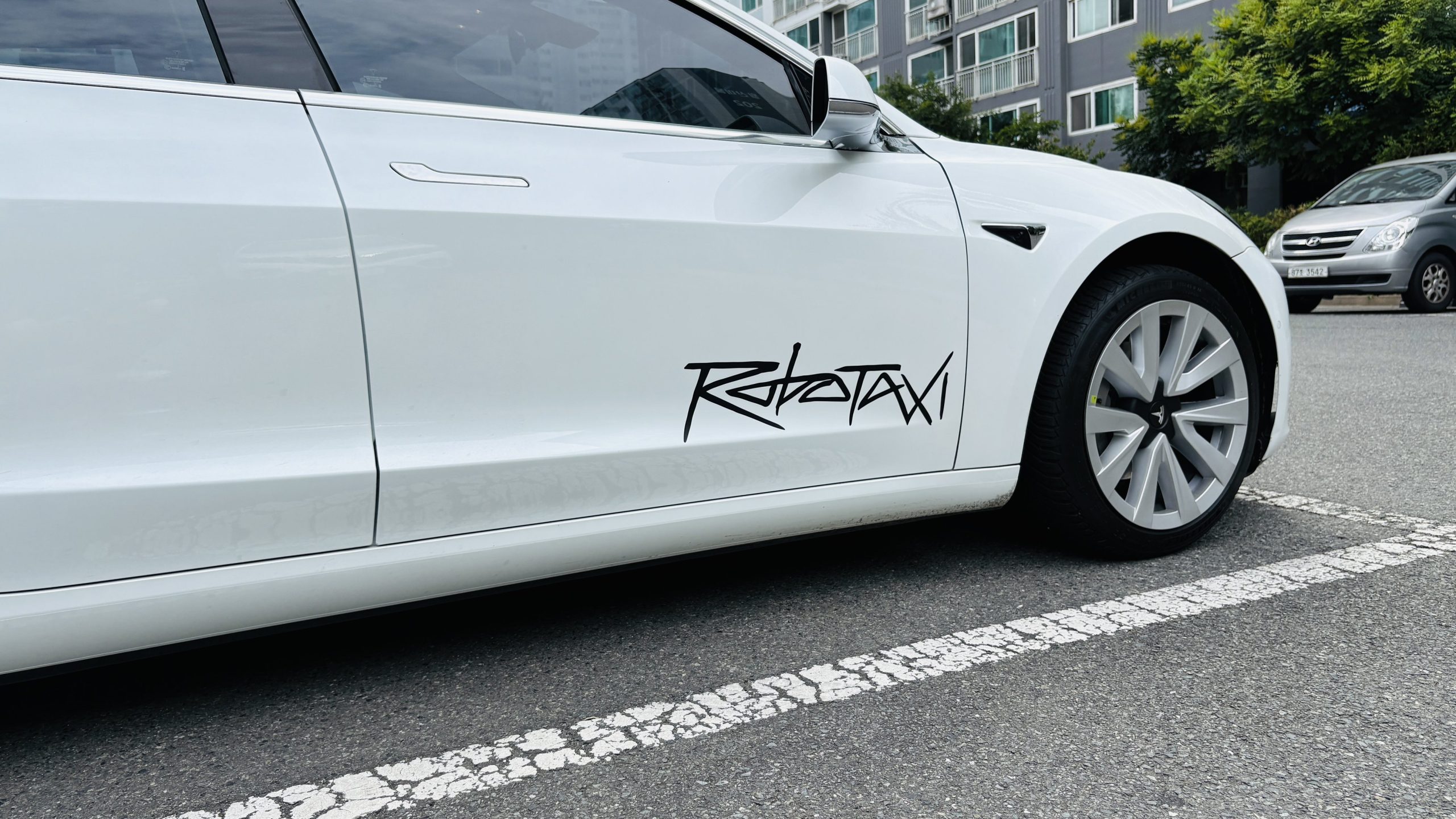
Tesla has begun expanding Robotaxi access beyond the initial small group it offered rides to in late June, as it launched the driverless platform in Austin, Texas.
The small group of people enjoying the Robotaxi ride-hailing service is now growing, as several Austin-area residents are receiving invitations to test out the platform for themselves.
The first rides took place on June 22, and despite a very small number of very manageable and expected hiccups, Tesla Robotaxi was widely successful with its launch.
Tesla Robotaxi riders tout ‘smooth’ experience in first reviews of driverless service launch
However, Tesla is expanding the availability of the ride-hailing service to those living in Austin and its surrounding areas, hoping to gather more data and provide access to those who will utilize it on a daily basis.
Many of the people Tesla initially invited, including us, are not local to the Austin area.
There are a handful of people who are, but Tesla was evidently looking for more stable data collection, as many of those early invitees headed back to where they live.
The first handful of invitations in the second round of the Robotaxi platform’s Early Access Program are heading out to Austin locals:
I just got a @robotaxi invite! Super excited to go try the service out! pic.twitter.com/n9mN35KKFU
— Ethan McKanna (@ethanmckanna) July 1, 2025
Tesla likely saw an influx of data during the first week, as many traveled far and wide to say they were among the first to test the Robotaxi platform.
Now that the first week and a half of testing is over, Tesla is expanding invites to others. Many of those who have been chosen to gain access to the Robotaxi app and the ride-hailing service state that they simply filled out the interest form on the Robotaxi page of Tesla’s website.
That’s the easiest way you will also gain access, so be sure to fill out that form if you have any interest in riding in Robotaxi.
Tesla will continue to utilize data accumulated from these rides to enable more progress, and eventually, it will lead to even more people being able to hail rides from the driverless platform.
With more success, Tesla will start to phase out some of the Safety Monitors and Supervisors it is using to ensure things run smoothly. CEO Elon Musk said Tesla could start increasing the number of Robotaxis to monitors within the next couple of months.
Elon Musk
Tesla analyst issues stern warning to investors: forget Trump-Musk feud
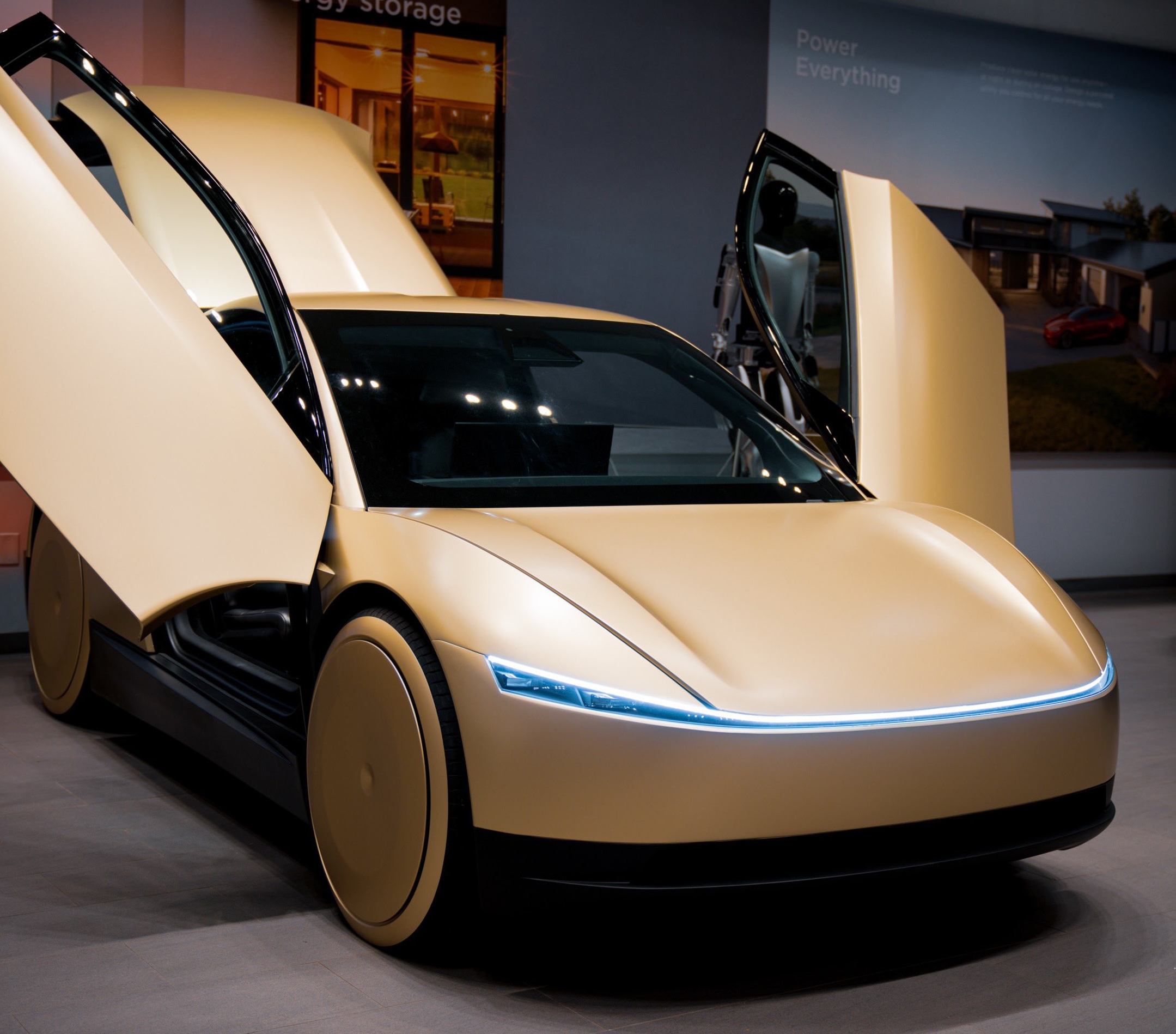
A Tesla analyst today said that investors should not lose sight of what is truly important in the grand scheme of being a shareholder, and that any near-term drama between CEO Elon Musk and U.S. President Donald Trump should not outshine the progress made by the company.
Gene Munster of Deepwater Management said that Tesla’s progress in autonomy is a much larger influence and a significantly bigger part of the company’s story than any disagreement between political policies.
Munster appeared on CNBC‘s “Closing Bell” yesterday to reiterate this point:
“One thing that is critical for Tesla investors to remember is that what’s going on with the business, with autonomy, the progress that they’re making, albeit early, is much bigger than any feud that is going to happen week-to-week between the President and Elon. So, I understand the reaction, but ultimately, I think that cooler heads will prevail. If they don’t, autonomy is still coming, one way or the other.”
BREAKING: GENE MUNSTER SAYS — $TSLA AUTONOMY IS “MUCH BIGGER” THAN ANY FEUD 👀
He says robotaxis are coming regardless ! pic.twitter.com/ytpPcwUTFy
— TheSonOfWalkley (@TheSonOfWalkley) July 2, 2025
This is a point that other analysts like Dan Ives of Wedbush and Cathie Wood of ARK Invest also made yesterday.
On two occasions over the past month, Musk and President Trump have gotten involved in a very public disagreement over the “Big Beautiful Bill,” which officially passed through the Senate yesterday and is making its way to the House of Representatives.
Musk is upset with the spending in the bill, while President Trump continues to reiterate that the Tesla CEO is only frustrated with the removal of an “EV mandate,” which does not exist federally, nor is it something Musk has expressed any frustration with.
In fact, Musk has pushed back against keeping federal subsidies for EVs, as long as gas and oil subsidies are also removed.
Nevertheless, Ives and Wood both said yesterday that they believe the political hardship between Musk and President Trump will pass because both realize the world is a better place with them on the same team.
Munster’s perspective is that, even though Musk’s feud with President Trump could apply near-term pressure to the stock, the company’s progress in autonomy is an indication that, in the long term, Tesla is set up to succeed.
Tesla launched its Robotaxi platform in Austin on June 22 and is expanding access to more members of the public. Austin residents are now reporting that they have been invited to join the program.
Elon Musk
Tesla surges following better-than-expected delivery report
Tesla saw some positive momentum during trading hours as it reported its deliveries for Q2.

Tesla (NASDAQ: TSLA) surged over four percent on Wednesday morning after the company reported better-than-expected deliveries. It was nearly right on consensus estimations, as Wall Street predicted the company would deliver 385,000 cars in Q2.
Tesla reported that it delivered 384,122 vehicles in Q2. Many, including those inside the Tesla community, were anticipating deliveries in the 340,000 to 360,000 range, while Wall Street seemed to get it just right.
Tesla delivers 384,000 vehicles in Q2 2025, deploys 9.6 GWh in energy storage
Despite Tesla meeting consensus estimations, there were real concerns about what the company would report for Q2.
There were reportedly brief pauses in production at Gigafactory Texas during the quarter and the ramp of the new Model Y configuration across the globe were expected to provide headwinds for the EV maker during the quarter.
At noon on the East Coast, Tesla shares were up about 4.5 percent.
It is expected that Tesla will likely equal the number of deliveries it completed in both of the past two years.
It has hovered at the 1.8 million mark since 2023, and it seems it is right on pace to match that once again. Early last year, Tesla said that annual growth would be “notably lower” than expected due to its development of a new vehicle platform, which will enable more affordable models to be offered to the public.
These cars are expected to be unveiled at some point this year, as Tesla said they were “on track” to be produced in the first half of the year. Tesla has yet to unveil these vehicle designs to the public.
Dan Ives of Wedbush said in a note to investors this morning that the company’s rebound in China in June reflects good things to come, especially given the Model Y and its ramp across the world.
He also said that Musk’s commitment to the company and return from politics played a major role in the company’s performance in Q2:
“If Musk continues to lead and remain in the driver’s seat, we believe Tesla is on a path to an accelerated growth path over the coming years with deliveries expected to ramp in the back-half of 2025 following the Model Y refresh cycle.”
Ives maintained his $500 price target and the ‘Outperform’ rating he held on the stock:
“Tesla’s future is in many ways the brightest it’s ever been in our view given autonomous, FSD, robotics, and many other technology innovations now on the horizon with 90% of the valuation being driven by autonomous and robotics over the coming years but Musk needs to focus on driving Tesla and not putting his political views first. We maintain our OUTPERFORM and $500 PT.”
Moving forward, investors will look to see some gradual growth over the next few quarters. At worst, Tesla should look to match 2023 and 2024 full-year delivery figures, which could be beaten if the automaker can offer those affordable models by the end of the year.
-

 Elon Musk2 days ago
Elon Musk2 days agoTesla investors will be shocked by Jim Cramer’s latest assessment
-

 News1 week ago
News1 week agoTesla Robotaxi’s biggest challenge seems to be this one thing
-

 Elon Musk2 weeks ago
Elon Musk2 weeks agoElon Musk slams Bloomberg’s shocking xAI cash burn claims
-

 News2 weeks ago
News2 weeks agoTexas lawmakers urge Tesla to delay Austin robotaxi launch to September
-

 Elon Musk1 week ago
Elon Musk1 week agoFirst Look at Tesla’s Robotaxi App: features, design, and more
-
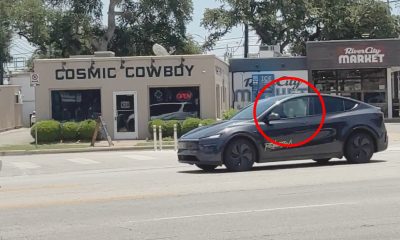
 Elon Musk2 weeks ago
Elon Musk2 weeks agoTesla Robotaxis are becoming a common sight on Austin’s public roads
-

 Elon Musk2 weeks ago
Elon Musk2 weeks agoSpaceX President meets India Minister after Starlink approval
-
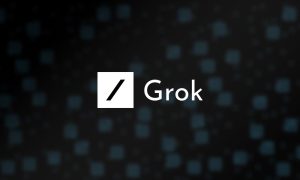
 Elon Musk2 weeks ago
Elon Musk2 weeks agoxAI’s Grok 3 partners with Oracle Cloud for corporate AI innovation

















